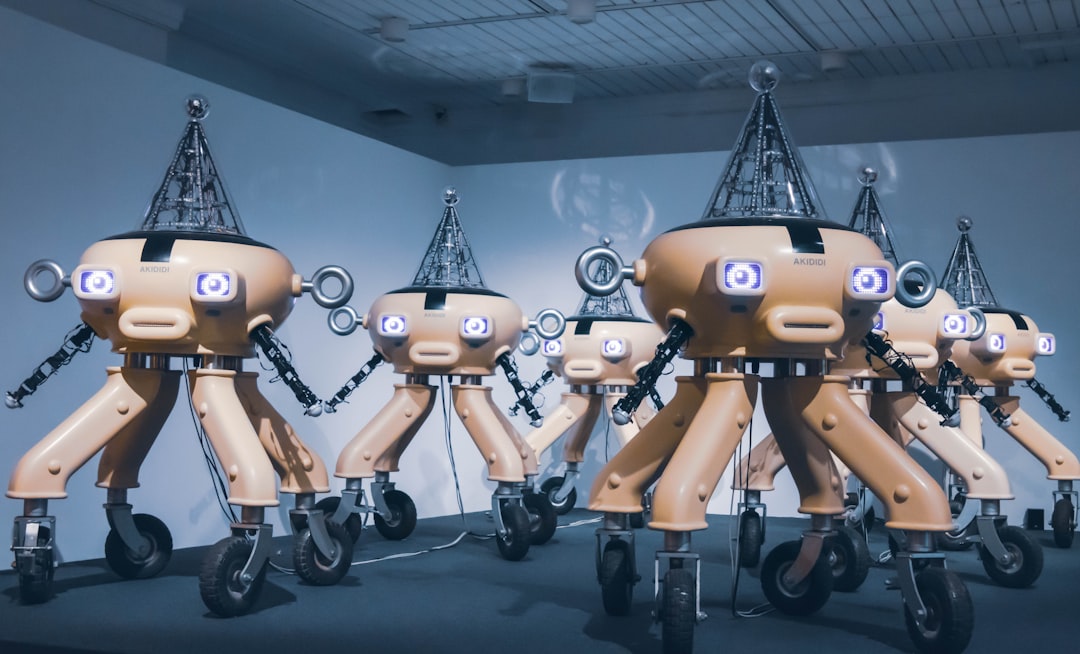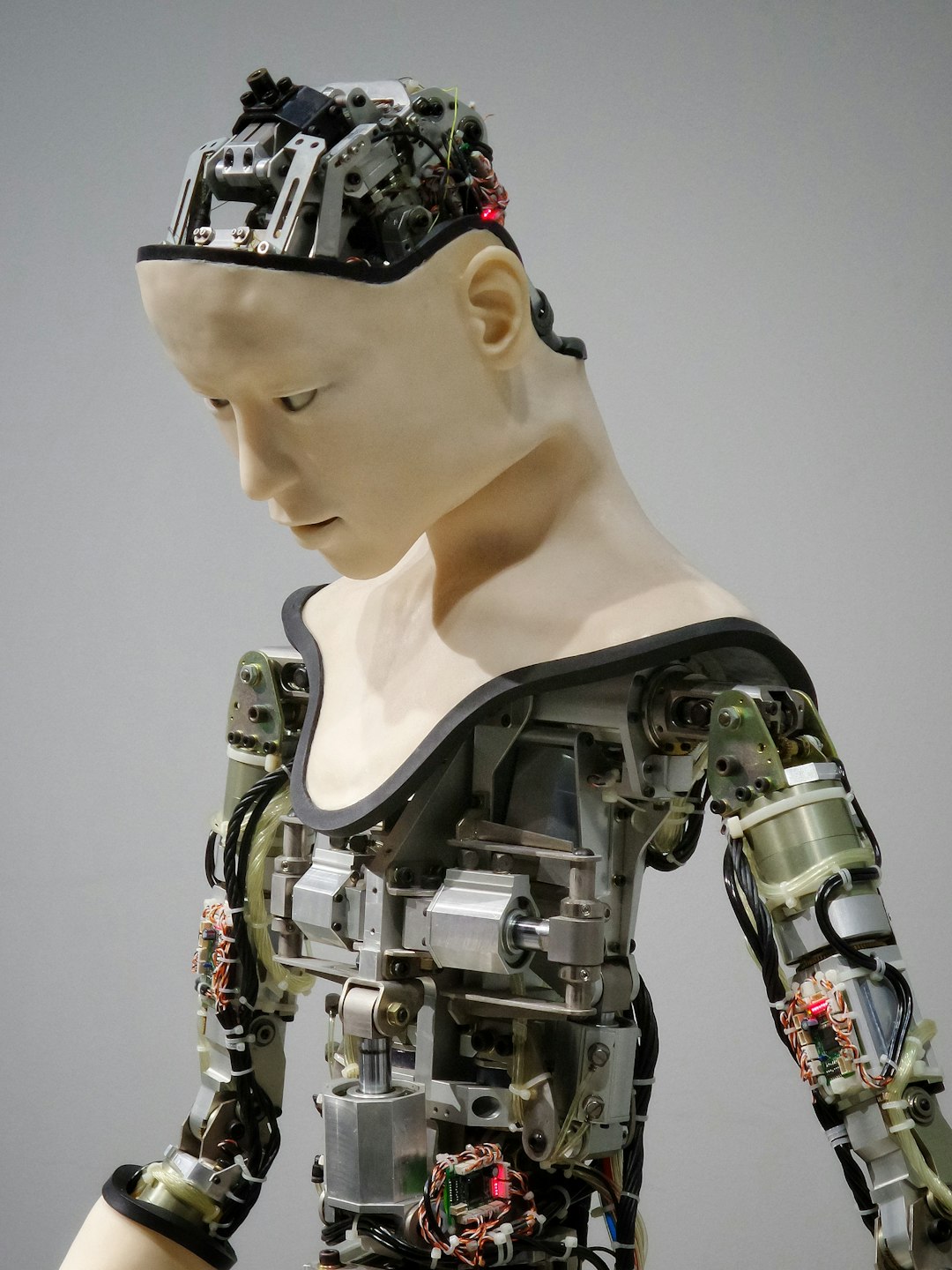OpenAI provides powerful tools and models that can revolutionize the way researchers and innovators work. From generating human-like text to analyzing vast amounts of data, an OpenAI account offers endless possibilities. By learning how to maximize the potential of these tools, you can significantly enhance your research and innovation processes.
Table of Contents
Understanding the Capabilities of OpenAI
Your OpenAI account comes with access to advanced AI models like GPT-4 and DALL·E. These models can assist in a variety of tasks, including:
- Text Generation: Creating reports, summaries, and articles with ease.
- Data Analysis: Processing large datasets to identify trends.
- Language Translation: Translating documents with high accuracy.
- Code Assistance: Writing, debugging, and improving code.
- Image Generation: Producing creative visuals for presentations and publications.
To make the most of these capabilities, you must understand their strengths and limitations. While AI can generate valuable insights, human oversight is essential for ensuring accuracy and relevance.

Optimizing AI for Research
For researchers, OpenAI provides a unique opportunity to improve productivity and enhance the quality of work. Below are some ways you can use AI effectively in research:
Generating Literature Reviews
Instead of manually searching for relevant literature, use AI models to summarize key papers, identify research gaps, and highlight significant contributions in your field.
Data Interpretation and Analysis
AI can help process and interpret complex datasets by identifying correlations, patterns, and anomalies. This capability is particularly useful in fields like finance, health research, and social sciences.
Enhancing Academic Writing
Whether you’re drafting an article, thesis, or dissertation, OpenAI can assist with structuring your content and improving readability. It can also provide grammar and style suggestions to ensure clarity.
Utilizing AI for Innovation
Innovation depends on creativity, and AI can assist by generating new ideas, improving brainstorming sessions, and automating repetitive tasks. Here’s how you can apply OpenAI in innovation:
Generating New Concepts
Use AI to explore fresh ideas based on existing knowledge. Whether you’re working on business strategies, product development, or software solutions, AI can contribute meaningful inputs.
Prototyping and Testing
AI accelerates the prototyping process by generating potential solutions and refining them based on datasets. This is particularly useful in engineering, app development, and marketing.
Optimizing Workflows
AI-driven automation can help streamline repetitive tasks, allowing you to focus on high-impact innovations. For example, it can automate data entry, sort emails, and generate reports.

Best Practices for Maximizing Your OpenAI Account
To get the most out of OpenAI’s tools, follow these best practices:
- Define Your Goals: Clearly outline what you want to achieve with AI, whether it’s improving research quality, developing new products, or automating tasks.
- Refine Your Prompts: The quality of AI outputs largely depends on how well you frame your queries. Use specific, clear prompts to get the best results.
- Verify Information: Always cross-check AI-generated results with credible sources, especially in academic and business settings.
- Leverage API Integration: If you’re working on large-scale projects, consider integrating OpenAI’s APIs into your workflows for seamless automation.
- Experiment and Iterate: AI improves with continuous use. Experiment with different models, settings, and approaches to find what works best for you.
The Future of AI in Research and Innovation
As AI continues to evolve, its applications in research and innovation will become even more powerful. By staying updated on the latest advancements and continuously refining how you use AI, you can maintain a competitive edge in your field.

By harnessing the full potential of your OpenAI account, you’re not just improving your productivity but also shaping the future of knowledge and creativity. Embrace AI as a collaborative tool, and use it to push the boundaries of what’s possible in research and innovation.
